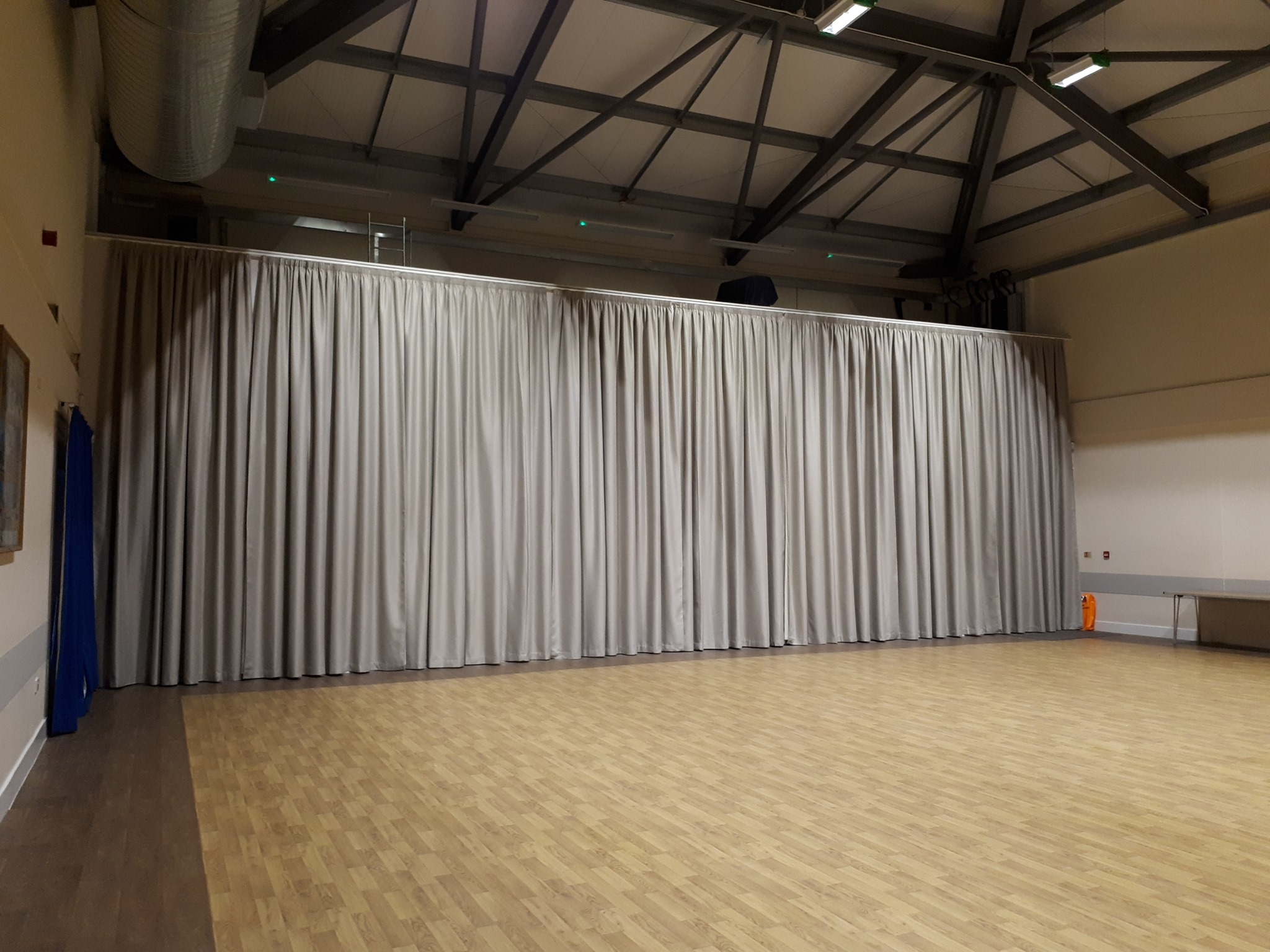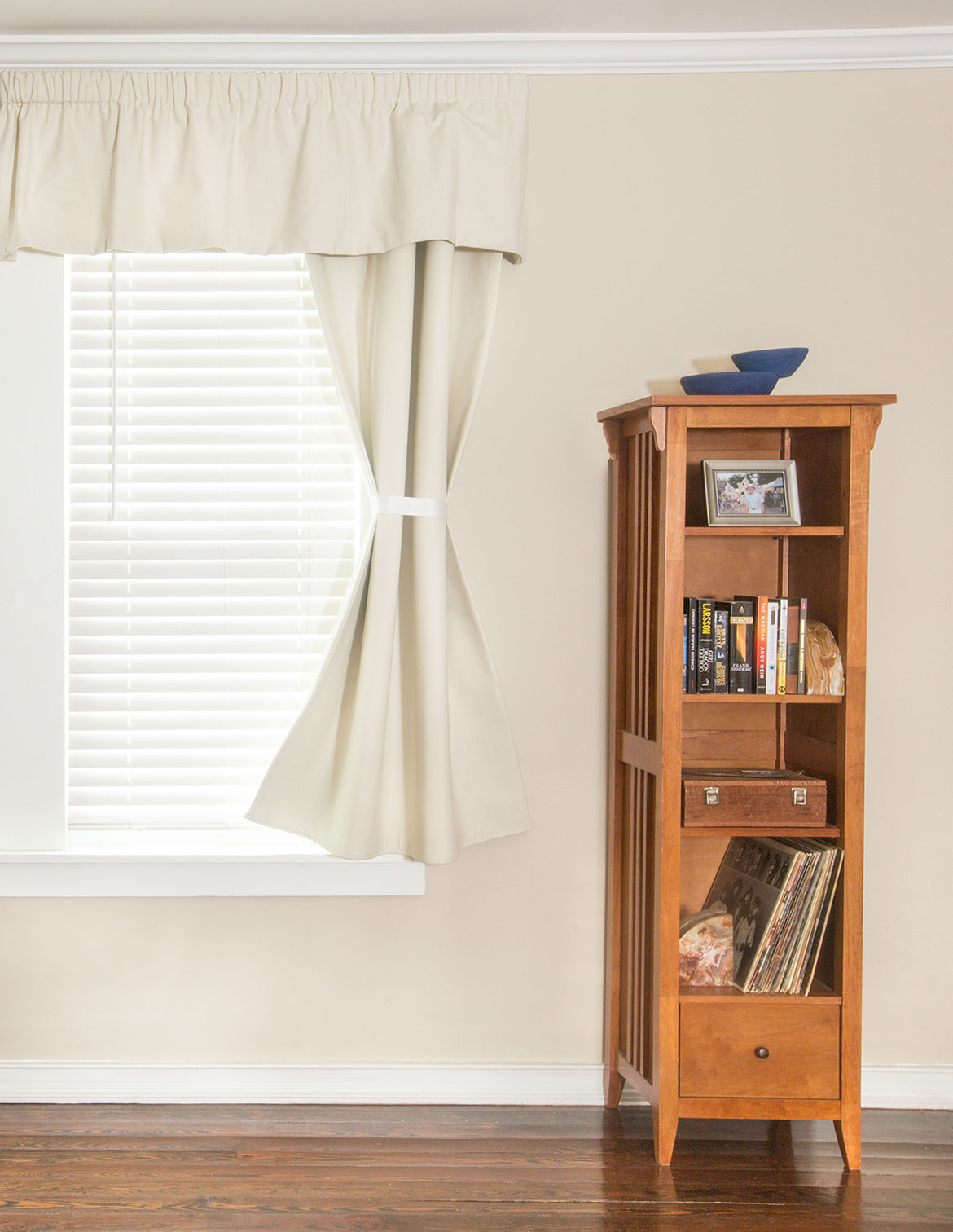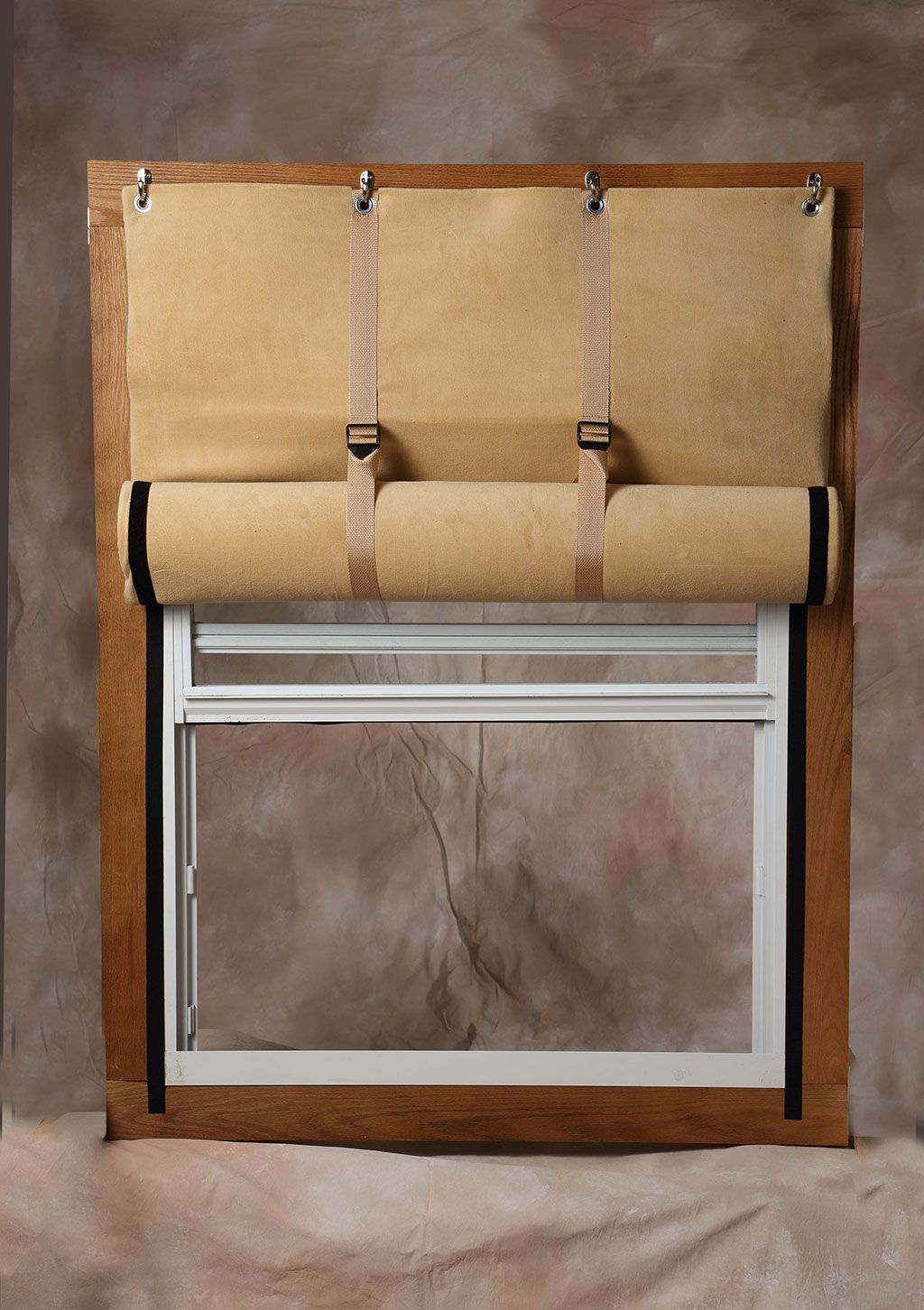
Introduction
Curtains are often considered as a decorative element in a room, but they can also play a significant role in influencing room acoustics. The way sound behaves in a space can greatly impact the overall comfort and functionality of the room. Understanding how curtains can influence room acoustics is essential for creating a well-balanced and acoustically pleasant environment. In this article, we will explore the relationship between curtains and room acoustics, examining the various ways in which curtains can affect sound absorption, reflection, and diffusion.

Sound Absorption
One of the primary ways in which curtains can influence room acoustics is through their ability to absorb sound. Sound absorption refers to the process by which sound energy is converted into heat energy, reducing the amount of sound reflected back into the room. Curtains made from certain materials, such as heavy fabrics or those with a dense weave, have a higher sound absorption coefficient. This means that they are more effective at absorbing sound waves, reducing echo and reverberation in the room.
There are several factors that determine the sound absorption properties of curtains:
- Material: The material composition of the curtain plays a crucial role in its sound absorption capabilities. Fabrics with a higher mass or density, such as velvet or wool, tend to have better sound absorption properties compared to lightweight materials like silk or chiffon.
- Thickness: Thicker curtains have a greater ability to absorb sound due to their increased mass.
- Weave: The tightness of the weave also affects sound absorption. Curtains with a dense weave, such as those made from heavy velvets, are more effective in absorbing sound waves.
By selecting curtains with high sound absorption properties, you can create a more acoustically pleasant environment, particularly in rooms where excessive echo or reverberation is a concern. This is especially important in areas like home theaters, recording studios, or conference rooms.

Sound Reflection
While curtains can absorb sound, they can also reflect sound waves depending on their material and placement. Sound reflection occurs when sound waves bounce off surfaces, such as walls, floors, or ceilings, and return to the room. Curtains made from reflective materials, like silk or satin, can contribute to sound reflection in a space.
However, the way curtains are hung and their positioning in relation to reflective surfaces can also influence sound reflection. By strategically placing curtains near sound-reflective surfaces, such as windows or bare walls, you can mitigate sound reflection and improve the overall acoustics of the room.
Furthermore, curtains can be used to control the direction of sound reflection. For example, by installing curtains with a reflective material on one side and a sound-absorbing material on the other, you can adjust the acoustics of a room. This is particularly useful in environments where flexibility in sound control is desired, such as concert halls or multipurpose rooms.

Sound Diffusion
Curtains can also play a role in sound diffusion, which refers to the scattering of sound waves in various directions. Sound diffusion helps to create a more even distribution of sound in a space, reducing the presence of strong echoes or areas of high sound intensity.
The texture and surface of curtains can influence their ability to diffuse sound waves. Curtains with a textured or uneven surface, such as those with pleats or ruffles, can scatter sound waves in different directions, enhancing sound diffusion in the room.
In addition to their surface characteristics, the placement of curtains can also impact sound diffusion. By positioning curtains at irregular intervals along walls or using multiple layers of curtains, you can create a more diffusive environment. This is particularly beneficial in spaces where a balanced sound distribution is desired, such as music studios or auditoriums.

Conclusion
Curtains are not just a decorative element in a room; they can significantly influence the acoustics of a space. By understanding how curtains can absorb, reflect, and diffuse sound, you can make informed decisions when selecting curtains for different environments. Whether it's reducing echo in a home theater, controlling sound reflection in a conference room, or enhancing sound diffusion in a music studio, curtains can play a crucial role in creating a well-balanced and acoustically pleasant environment.
Key Takeaways:
- Curtains made from heavy fabrics or those with a dense weave have a higher sound absorption coefficient, reducing echo and reverberation in a room.
- The material, thickness, and weave of curtains determine their sound absorption properties.
- Curtains made from reflective materials can contribute to sound reflection, but their placement can help mitigate this effect.
- Curtains with textured or uneven surfaces can enhance sound diffusion, creating a more even distribution of sound in a space.
- The placement and use of curtains can be tailored to specific environments to achieve the desired acoustic outcomes.